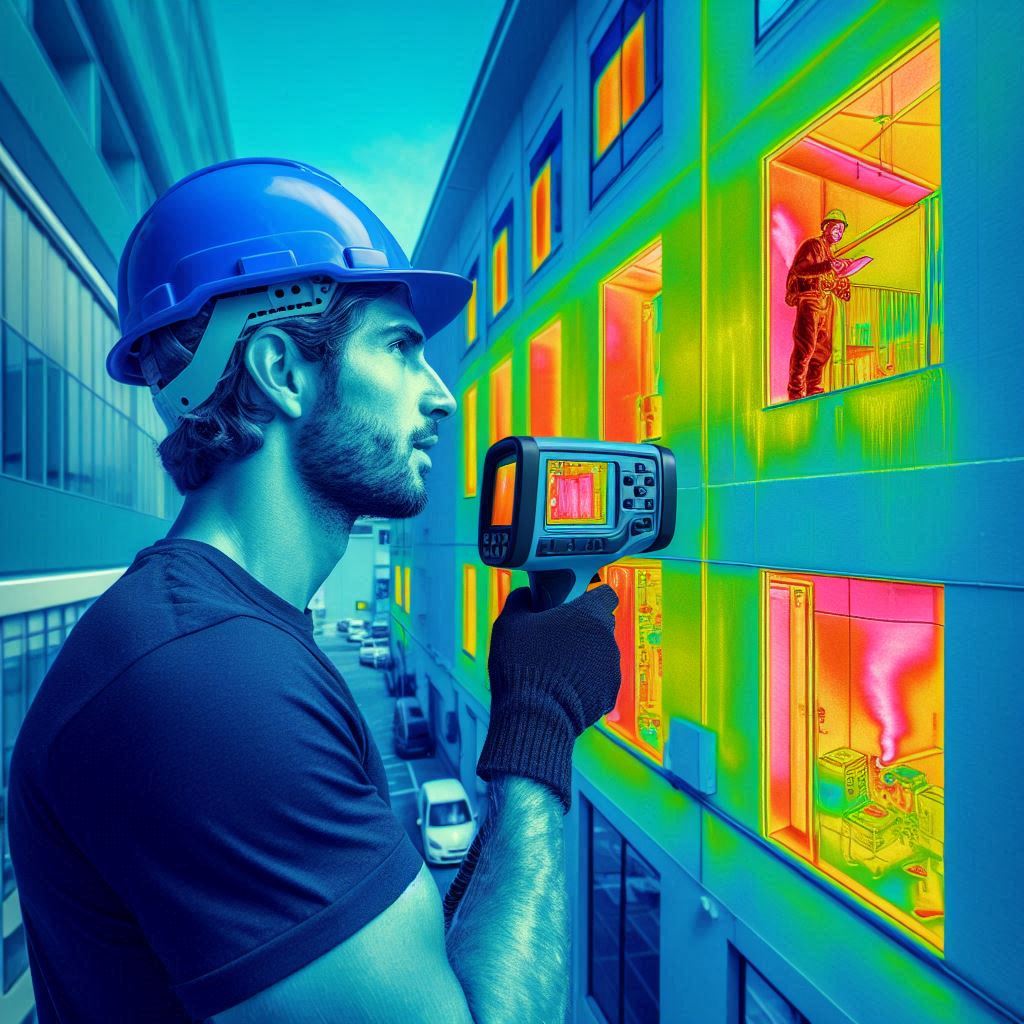I. Introduction
In a city as innovative and environmentally conscious as San Francisco, reducing the ecological impact is a primary concern for both individual residents and the corporate sector. Among the various strategies employed to safeguard the environment, managing and reducing a building’s carbon footprint stands out as a fundamental approach. San Francisco Energy Audits are not merely a compliance measure but a proactive step towards sustainability. These audits effectively help building owners and managers understand their energy consumption patterns and identify actionable steps to enhance efficiency.
II. Understanding Carbon Footprint

The term carbon footprint is defined as the total amount of greenhouse gases, including carbon dioxide and methane, that are emitted by our actions. The construction and operation of buildings represent a significant portion of carbon footprints, primarily through energy consumption in heating, cooling, lighting, and the use of electronic devices and appliances. It is estimated that buildings contribute to almost 40% of global carbon emissions, underlining the critical role that real estate plays in shaping our environmental landscape. Reducing these emissions is crucial not just for compliance with environmental standards but for the broader goal of mitigating climate change.
III. The Importance of Energy Audits
An energy audit is a comprehensive examination of a building’s energy flow, pinpointing where energy is being used inefficiently and suggesting areas for improvement. Conducting an energy audit is akin to a medical check-up for the building’s energy health, providing a detailed analysis of consumption patterns and efficiency levels. This process not only helps in cutting down operational costs but also significantly diminishes the carbon footprint of a building. In the context of San Francisco’s energy efficiency goals, energy audits are an indispensable tool for building owners to align with local environmental standards and contribute to the city’s sustainability initiatives.
IV. Energy Audits in San Francisco
San Francisco, known for its stringent environmental policies, mandates energy audits for commercial buildings under certain San Francisco Building Regulations. These regulations are designed to ensure that buildings meet specific energy efficiency standards, which is a step towards the city’s ambitious goal of achieving net-zero carbon emissions by 2050. Local organizations and government bodies provide resources and support for these audits. For example, the San Francisco Department of the Environment offers guidelines on compliance and the benefits of regular energy audits.
V. The Energy Audit Process
The energy audit process in San Francisco can be categorized into three types:
- Preliminary Audit: This initial stage involves a basic analysis to establish a building’s energy consumption baseline.
- General Audit: This more detailed examination includes a thorough review of energy bills, HVAC systems, lighting, insulation, and other factors contributing to energy use.
- Detailed Audit: The most comprehensive audit involves advanced data collection technologies, such as infrared scanning to detect thermal leaks and power logging to monitor specific energy usage.
Each step is crucial to uncover the various facets of energy use and inefficiency within a building, paving the way for targeted and effective improvements.
VI. How Energy Audits can Reduce Your Building’s Carbon Footprint
Effective energy audits lead to actionable insights that significantly reduce energy consumption and carbon emissions. For instance, after identifying areas of inefficiency, a San Francisco commercial building might implement LED lighting and advanced HVAC systems, potentially reducing energy consumption by up to 30%. Case studies, such as the retrofitting of the historic Transamerica Pyramid, demonstrate how these audits facilitate major energy savings and sustainability benefits.
VII. Best Practices to Lower Your Building’s Carbon Footprint in San Francisco

Building owners are encouraged to consider the following energy-saving technologies:
– LED lighting: Drastically reduces power consumption while maintaining brightness.
– High-efficiency HVAC systems: Optimizes climate control and reduces energy usage.
– Smart thermostats and energy management systems: Allow for automated and optimized energy use based on real-time data.
Incorporating sustainable architecture features like solar panels, energy-efficient windows, and green roofs can also contribute significantly to energy savings and environmental benefits. These features not only help in achieving Green Building Certification but also enhance the aesthetic and market value of the property.
VIII. Conclusion
Engaging in regular energy audits is an essential step for any building owner in San Francisco looking to decrease energy expenditures and enhance their building’s sustainability profile. The benefits of these audits extend beyond compliance and cost savings, contributing significantly to the city’s environmental goals.
For more in-depth information on carrying out energy audits in San Francisco and adopting sustainable practices, building owners can visit Energy Star’s guide to energy audits and the U.S. Green Building Council, which offers resources on Green Building Certifications.
By embracing energy audits and sustainable practices, San Francisco building owners not only adhere to local regulations but also actively participate in the global movement towards environmental sustainability.
This comprehensive consideration of energy audits in San Francisco elucidates their crucial role in environmental conservation, emphasizing why they are not just beneficial but necessary for today’s urban environments. With proactive measures and strategic implementations, the city can continue to lead by example in the realm of global sustainability efforts.
VertPro.com serves as a resourceful platform for property owners and managers seeking to enhance their buildings’ energy efficiency. The site offers a range of services, including Commercial Energy Audits, Benchmark Compliance consultancy, and a Construction Marketplace. At the heart of VertPro® is a suite of SaaS technology-based solutions designed to assist in navigating the complexities of Energy Benchmarking and Energy Audits/RCx Plus, while ensuring adherence to over 60 Energy Benchmarking and Energy Efficiency Laws across the country.
For those looking to improve their property’s energy usage and operational value, VertPro.com provides a diverse array of tools and information. The site aims to facilitate a better understanding of energy efficiency practices and legislation, helping building owners and property managers make informed decisions about their energy strategies while complying with all energy ordinances and laws.















